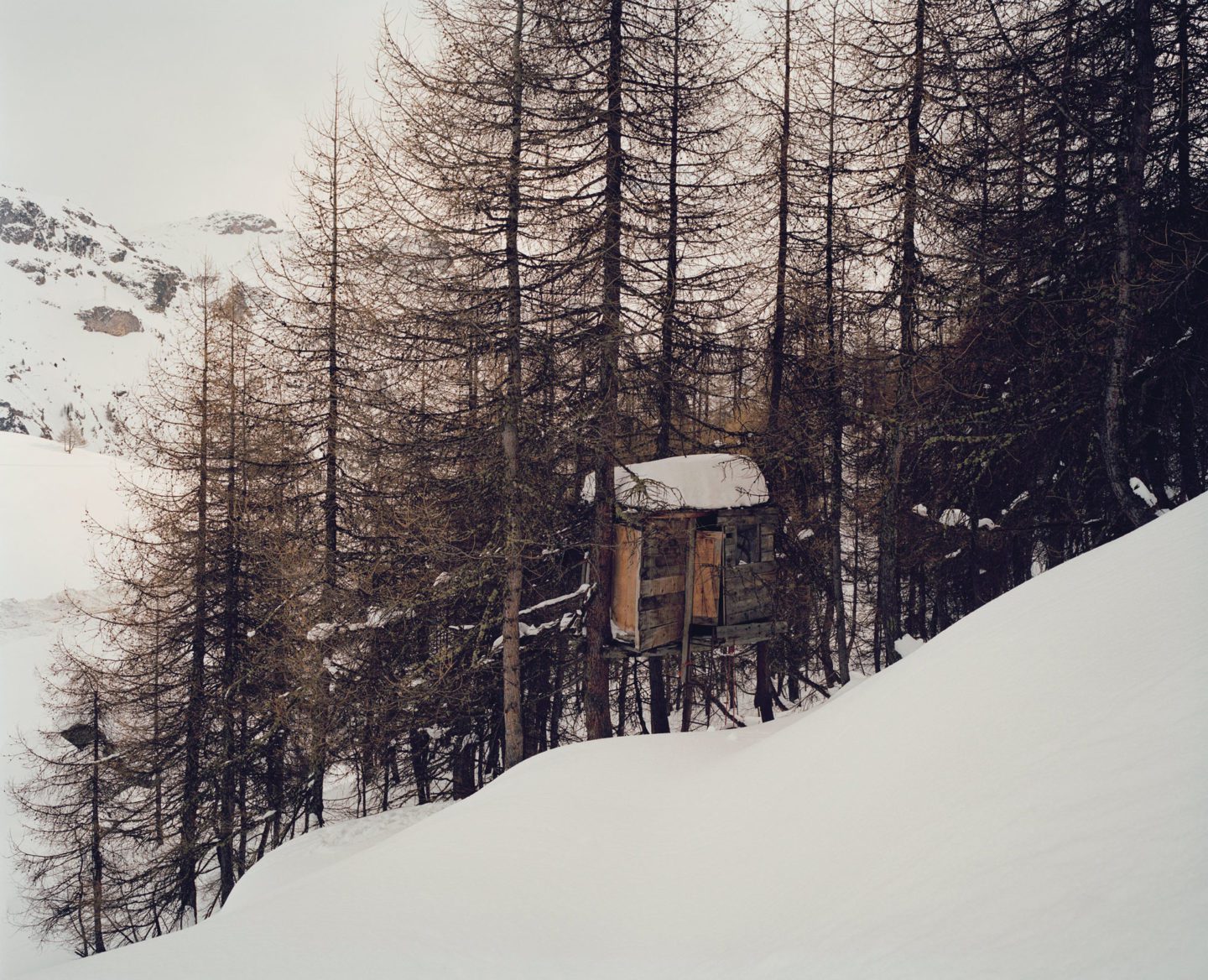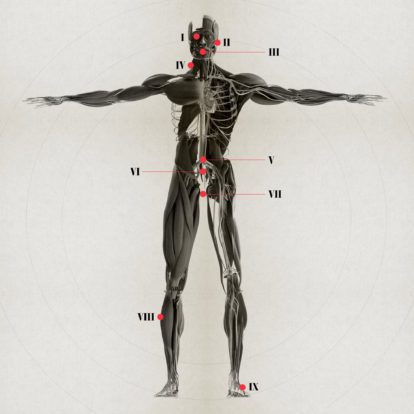At the start of Italo Calvino’s fantastical novel The Baron in the Trees, a young Italian nobleman called Cosimo argues with his father, climbs a vast oak at the end of the garden, and vows never to come down again. And he never does. For 50 years, Cosimo lives in the canopy of long-since-vanished European wildwood, clambering from oak to cherry to elm to mulberry to beech. The trees become his house; he learns to sleep cupped by their branches and crooked in their boughs. He balances armchairs in their crowns, and he hides in their hollow trunks. He lays an ear to their bark, listening to the flow of sap, and the timbre of timber.
So many of us have dreamed of doing a Cosimo. Tree house reveries are as old as childhood. ‘Rock-a-Bye Baby’ runs that familiar, menacing, cryptic lullaby, ‘in the tree top…’. No child wants to fall from the trees, for what could be more comforting than the combination of cosy and wild that you find up there? Aloft, arboreal, you look down on the world, keeping it at bay, but in sight. The tree is your shelter and your observatory. So it is that, up in their tree houses – dens with attitude, dens with altitude – generations of children have found retreat, relief and adventure.

My father (with whom I rarely argued) built my brother and me a tree house of which Cosimo would have been proud. It spanned the space between a laurel, a pine and a poplar, and it could be reached by means of a scramble net and a ladder. There was a main room (good for gossip and biscuit eating) that was joined by a walkway to a lookout tower (good for spotting approaching adults). We spent hundreds of happy hours up there, shielded from sight by the shiny leaves of the evergreen laurel.
Not all tree houses have to be airborne, of course. My friend and fellow writer Roger Deakin lived until his death in a timber-framed farmhouse in Suffolk. Its vast skeleton was made of 323 beams of oak and sweet chestnut, some of which were more than four centuries old. The beams were held and jointed with pegs of ash. In total, some 300 trees were felled to make the house. The result was a structure that was organic to the point of animate. Truly, it was a tree house, and in big winds the whole house would creak and shift, riding the gusts so that it felt like being in the belly of a whale – or a forest in a gale.
The eternal design is simple: a few planks nailed as a floor across the broad arms of a beech or ash, and a ladder to get up there.
And not all tree houses have to be grand or elaborate, either – though there are plenty of those. In Tennessee there’s a 10-storey, 100-foot-high tree house supported by six trees, built by a minister who claims God spoke to him in 1993, saying, “If you build me a tree house, I’ll see you never run out of material.” In a grove of New Zealand redwoods, a restaurant was constructed out of natural materials, accessible to diners along trellis-sided walkways. Lit from within at night, it looked much like the Ewok tree dwellings in Return of the Jedi. Out on the Big Sur coast there’s a gorgeously woven spherical tree nest, big enough to accommodate a courting couple for the night: they must feel like a pair of weaver birds, or snug wrens.
Such adventures in aerial architecture are exhilarating, but are only really elaborations on the prototype tree house, the one made by millions of parents for millions of children. The design is simple: a few planks nailed as a floor across the broad arms of a beech or ash, sacking or fertiliser bags pinned in place for the walls and a ladder to get up there. It’s enough; it’s plenty. A place to sit, a place to hide, a place to dream.
Robert Macfarlane is a British travel writer.










